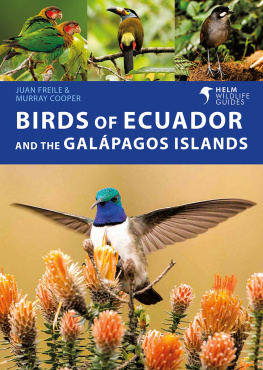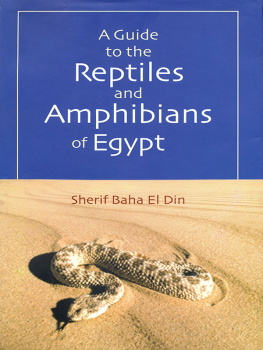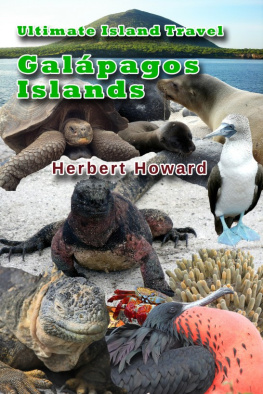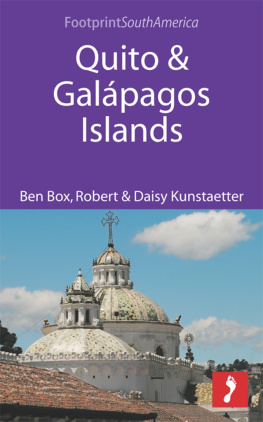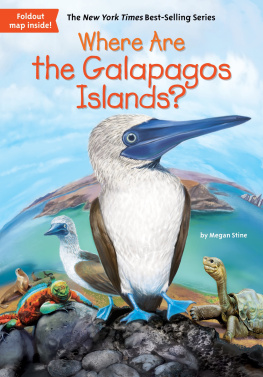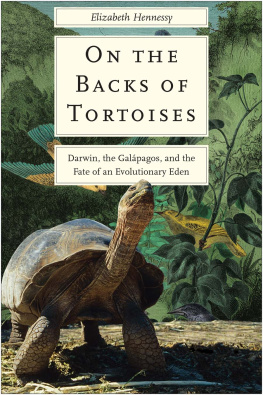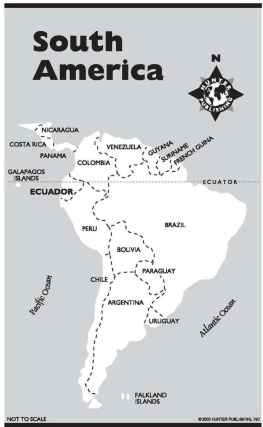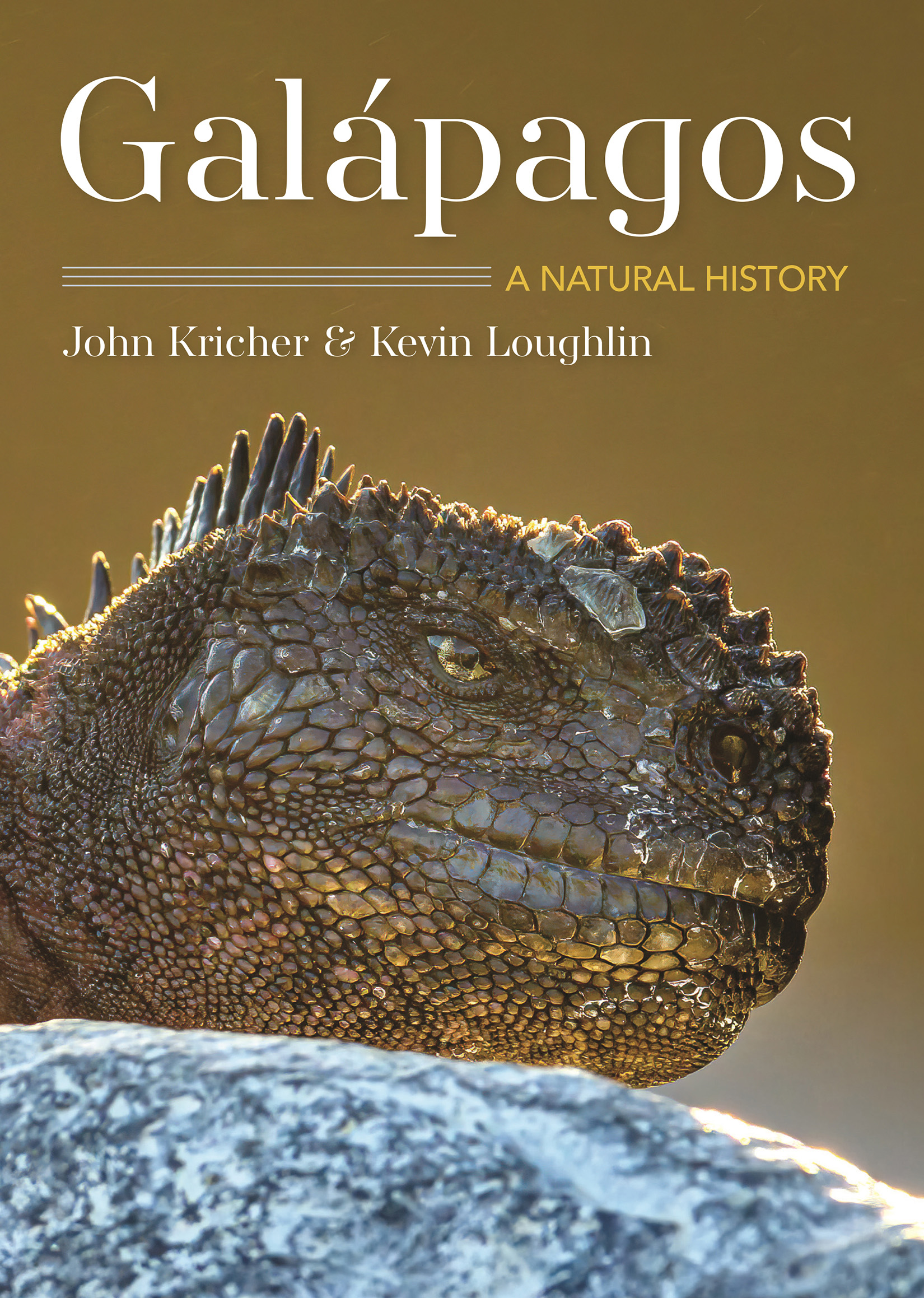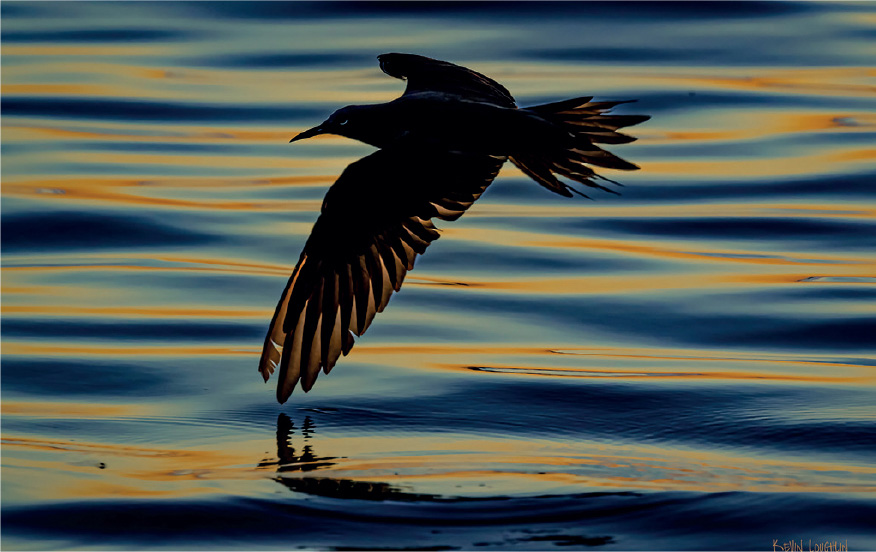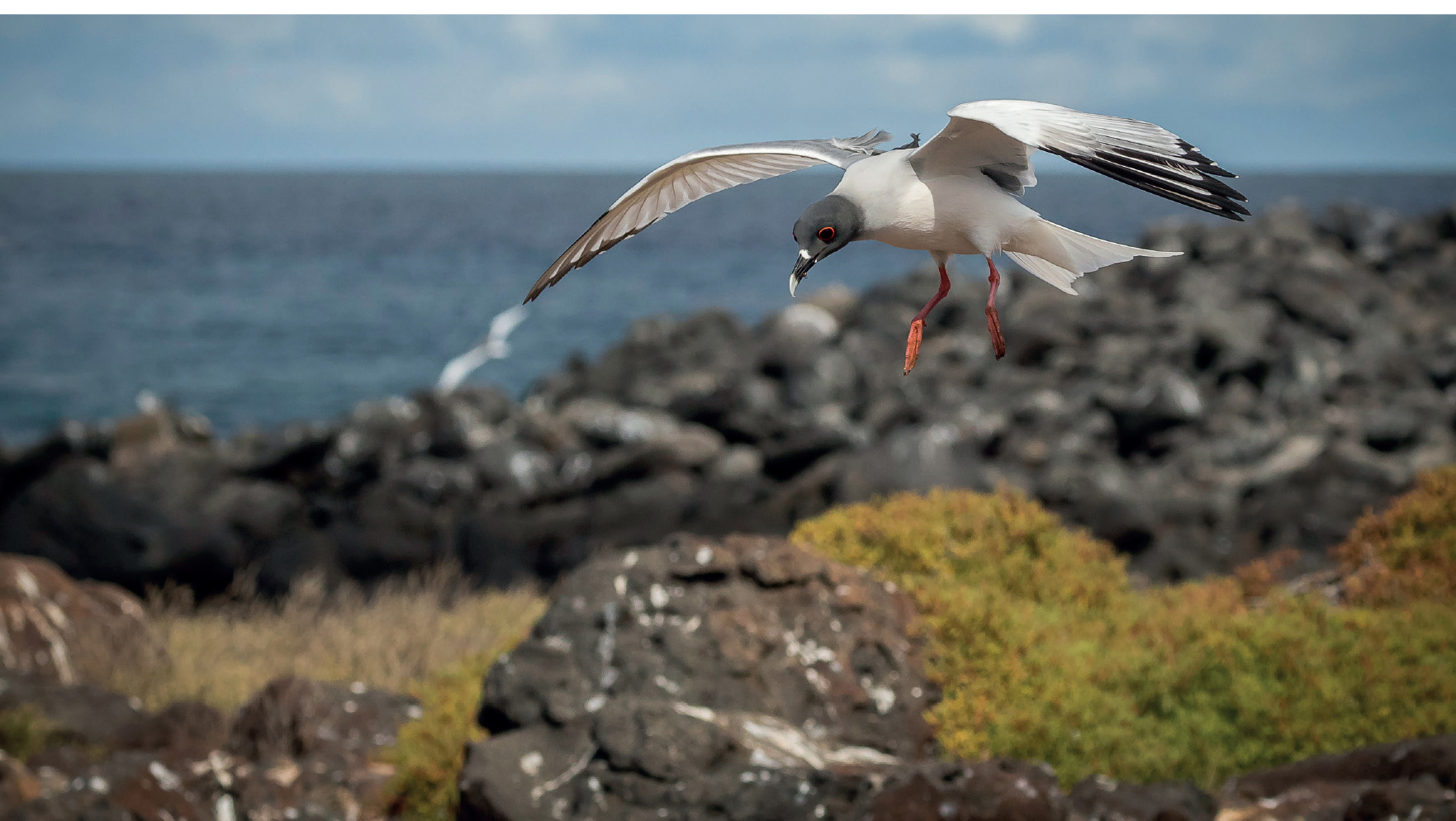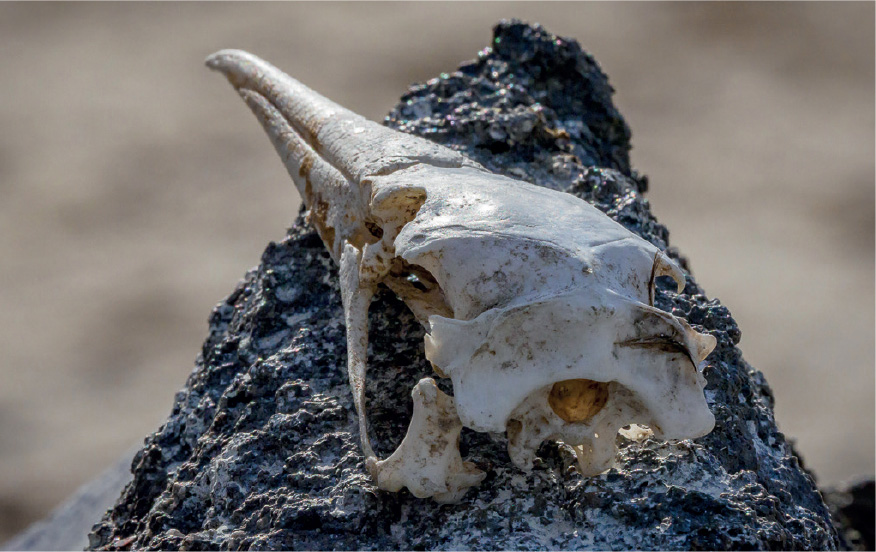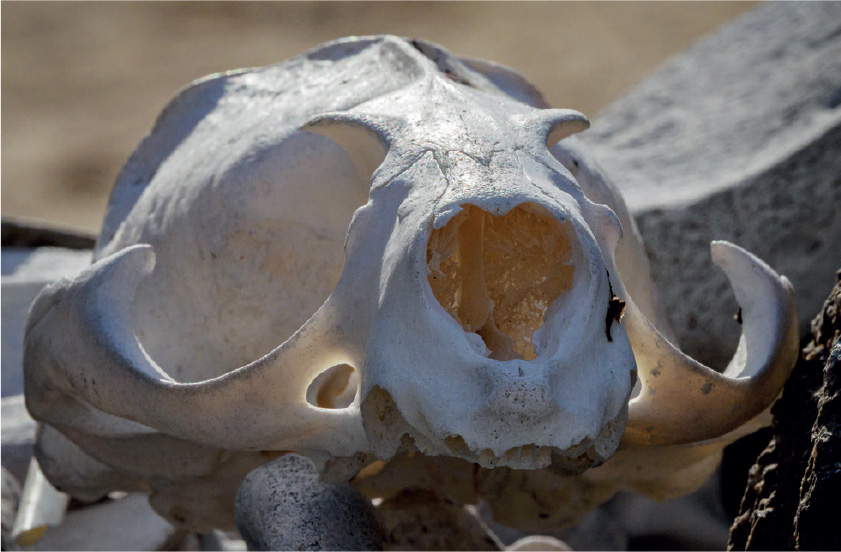John C. Kricher - Galápagos: A Natural History
Here you can read online John C. Kricher - Galápagos: A Natural History full text of the book (entire story) in english for free. Download pdf and epub, get meaning, cover and reviews about this ebook. year: 2022, publisher: Princeton University Press, genre: Romance novel. Description of the work, (preface) as well as reviews are available. Best literature library LitArk.com created for fans of good reading and offers a wide selection of genres:
Romance novel
Science fiction
Adventure
Detective
Science
History
Home and family
Prose
Art
Politics
Computer
Non-fiction
Religion
Business
Children
Humor
Choose a favorite category and find really read worthwhile books. Enjoy immersion in the world of imagination, feel the emotions of the characters or learn something new for yourself, make an fascinating discovery.

- Book:Galápagos: A Natural History
- Author:
- Publisher:Princeton University Press
- Genre:
- Year:2022
- Rating:3 / 5
- Favourites:Add to favourites
- Your mark:
Galápagos: A Natural History: summary, description and annotation
We offer to read an annotation, description, summary or preface (depends on what the author of the book "Galápagos: A Natural History" wrote himself). If you haven't found the necessary information about the book — write in the comments, we will try to find it.
A richly illustrated nature tour of Galpagosnow expanded, thoroughly updated, and with more than 650 color photographs
Galpagos is a comprehensive, up-to-date, and profusely illustrated natural history of this spectacular archipelago. Offering much more information than identification guides, the book provides detailed accounts and more than 650 color photographs of the islands habitats, marine life, reptiles, birds, mammals, and plants, making the book a virtual nature tour of Galpagos.
Galpagos experts John Kricher and Kevin Loughlin have thoroughly revised the original text, bringing all the taxonomy up to date and adding a wealth of new information. Individual chapters cover geology, ecology, human history, Darwins finches and how Darwin came to his theory of natural selection from his visit to the islands, Galpagos tortoises, marine and land iguanas, mammals, seabirds, landbirds, marine life, and conservation challenges and initiatives. The concluding chapter covers each of the individual islands, including landing sites, unique plant and animal species, and points of interest, and serves as a wonderful guide for visitors as they move from island to island or plan a trip to Galpagos.
With its combination of rich text and splendid photos, Galpagos is essential reading for the ecotraveler and nature enthusiast alike.
- Now with more than 650 color photographs, showing habitats, geology, marine life, and all the commonly encountered reptiles, birds, mammals, and plants
- Features a detailed island-by-island guide, including landing sites and what visitors can expect
- Essential reading for the ecotraveler and nature enthusiast
John C. Kricher: author's other books
Who wrote Galápagos: A Natural History? Find out the surname, the name of the author of the book and a list of all author's works by series.

